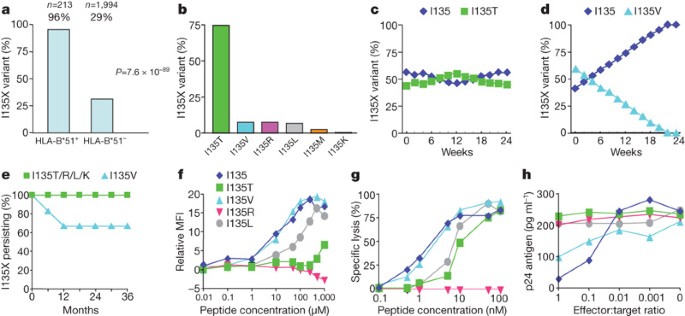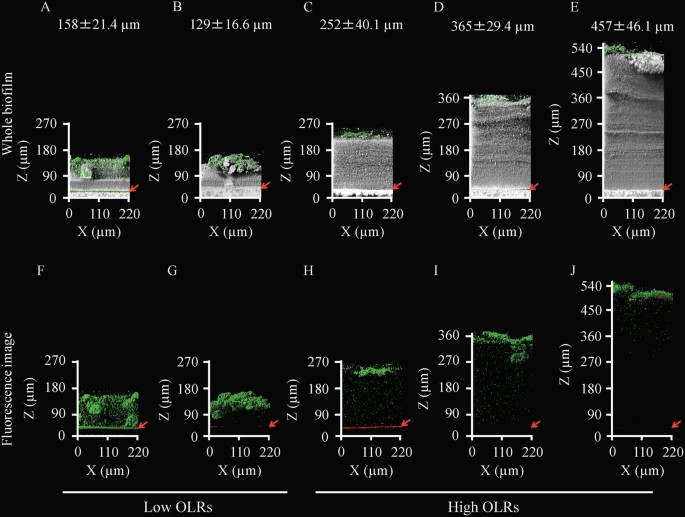- Select a language for the TTS:
- UK English Female
- UK English Male
- US English Female
- US English Male
- Australian Female
- Australian Male
- Language selected: (auto detect) - EN
Play all audios:
ABSTRACT ABSTRACT: Heat stroke and other hyperthermia-related crises are serious clinical problems in childhood and adolescence. Rapid cooling is required to reduce morbidity and mortality.
A variety of effective cooling methods exist, and some may interfere with monitoring and resuscitation or are not readily available. We studied in 12 pigtail monkeys the pathophysiology of
immersion hyperthermia (42°C) to cardiac arrest (1 min no flow) and CPR plus cooling to normothermia for restoration and stabilization of spontaneous normotension. This was followed by
intractable shock and secondary arrest. These studies gave us the opportunity to compare two simple cooling methods applied during and after CPR: group I (_n_ = 6) received application of
ice bags to the groins, axillae, and neck. Group II (_n_ = 6) received ice bags plus cold water wetting (sponging) over the entire anterior surface of trunk and extremities, plus fanning.
CPR restored spontaneous circulation in four of six in each group, after CPR of 1.5–16 min (NS between groups). Speed of cooling correlated with speed of stabilization of spontaneous
normotension. After cardiac arrest and during and after CPR, rectal temperature had declined from a lethal level of 42.2°C to a safe level of 38.5°C within 45 ± 6 (38–53) min in group I, and
within 28 ± 4 (23–32) min in group II (_p_ < 0.05). Epidural and esophageal temperatures declined more rapidly than rectal temperature. For critical hyperthermia, we recommend immediate
application of ice bags, cold water wetting (sponging), fanning, and head cooling combined when invasive blood cooling (the most effective method) is not immediately available SIMILAR
CONTENT BEING VIEWED BY OTHERS TESTING OF A REUSABLE CHEMICAL WARMING PAD AND AN INSULATING JACKET TO MANAGE HYPOTHERMIA OF PRETERM OR LOW BIRTHWEIGHT NEONATES Article Open access 10 April
2025 HEAT LOSS AUGMENTED BY EXTRACORPOREAL CIRCULATION IS ASSOCIATED WITH OVERCOOLING IN CARDIAC ARREST SURVIVORS WHO UNDERWENT TARGETED TEMPERATURE MANAGEMENT Article Open access 13 April
2022 EFFECTS OF REWARMING WITH EXTRACORPOREAL MEMBRANE OXYGENATION TO RESTORE OXYGEN TRANSPORT AND ORGAN BLOOD FLOW AFTER HYPOTHERMIC CARDIAC ARREST IN A PORCINE MODEL Article Open access 23
September 2021 ARTICLE PDF AUTHOR INFORMATION AUTHORS AND AFFILIATIONS * Department of Anesthesiology/Critical Care Medicine, International Resuscitation Research Center, and
Presbyterian-University Hospital University of Pittsburgh, Pittsburgh, 15260, Pennsylvania Gideon M Eshel, Peter Safar & William Stezoski Authors * Gideon M Eshel View author
publications You can also search for this author inPubMed Google Scholar * Peter Safar View author publications You can also search for this author inPubMed Google Scholar * William Stezoski
View author publications You can also search for this author inPubMed Google Scholar RIGHTS AND PERMISSIONS Reprints and permissions ABOUT THIS ARTICLE CITE THIS ARTICLE Eshel, G., Safar,
P. & Stezoski, W. Evaporative Cooling as an Adjunct to Ice Bag Use after Resuscitation from Heat-Induced Arrest in a Primate Model. _Pediatr Res_ 27, 264–267 (1990).
https://doi.org/10.1203/00006450-199003000-00012 Download citation * Received: 09 June 1989 * Accepted: 02 November 1989 * Issue Date: 01 March 1990 * DOI:
https://doi.org/10.1203/00006450-199003000-00012 SHARE THIS ARTICLE Anyone you share the following link with will be able to read this content: Get shareable link Sorry, a shareable link is
not currently available for this article. Copy to clipboard Provided by the Springer Nature SharedIt content-sharing initiative




